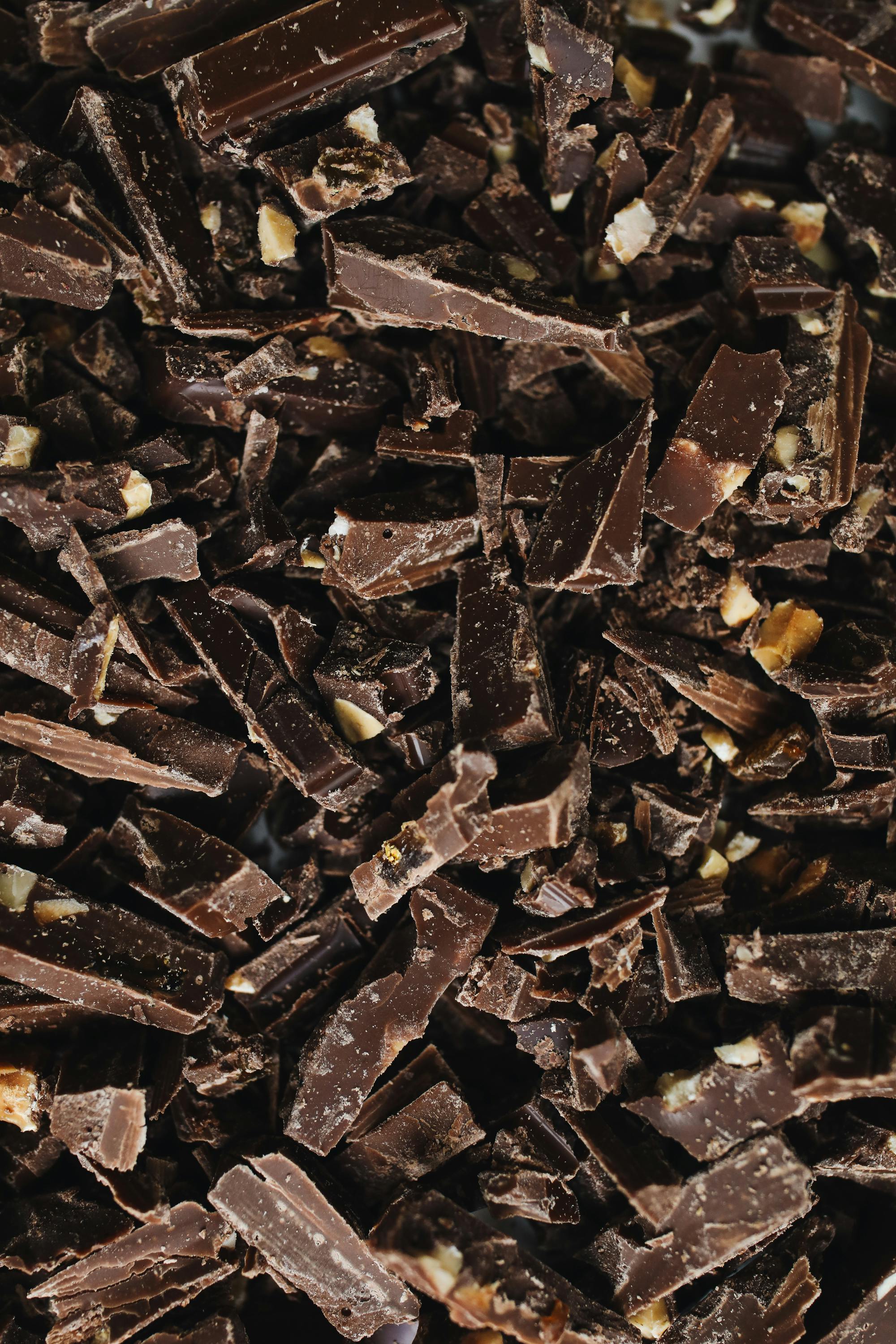Staubläuse Bisse: Understanding Their Impact and Management
What Are Staubläuse and Their Bisse?
Staubläuse, commonly known as “dust lice,” are small, wingless insects found in moist environments, often in homes, greenhouses, and gardens. Their bites, referred to as “Bisse,” can cause discomfort and irritation to humans. These tiny creatures thrive in damp areas, feeding on organic material like mold and decaying plant matter. The presence of Staubläuse can indicate high humidity levels, often an unwelcome sign of poor indoor air quality or dampness in buildings. Understanding their behavior and habitat can assist in managing their populations effectively.
Life Cycle and Habitat of Staubläuse
The life cycle of Staubläuse involves several developmental stages: eggs, larvae, and adults. They prefer warm, humid conditions, making basements, attics, and areas with poor ventilation ideal locations for their nests. Typically, a single female can produce hundreds of eggs, leading to rapid population growth. The presence of Staubläuse can be exacerbated by inadequate home maintenance, like failing to address leaks or humidity. This means regular inspections and controlling moisture levels are essential strategies to prevent infestations.

Recognizing and Managing Bisse Symptoms
The bites from Staubläuse can lead to localized redness, itching, and irritation on the skin. It is essential to recognize these symptoms early to take appropriate action. Often, the itching resembles insect bites from fleas or mosquitoes, but it is critical to identify the cause accurately. For effective management, individuals who experience bites should consult with a healthcare provider to rule out other potential allergens or irritants.
Preventing and Control Methods
Preventing Staubläuse infestations is more effective than dealing with them after they become a problem. Keeping indoor humidity levels below 50% is crucial. This can be achieved through proper ventilation, using dehumidifiers, and repairing any leaks or water damage promptly. Regular cleaning of potential breeding areas, such as damp basements and bathrooms, can further diminish their habitat.
Practical Steps to Get Rid of Staubläuse
To control Staubläuse in your home, consider the following actionable steps:
1. **Identify and Repair Moisture Sources:** Inspect for leaks in pipes or roofing and patch any holes.
2. **Use Dehumidifiers:** Employ dehumidifiers in problematic areas to maintain low humidity.
3. **Seal Cracks and Gaps:** Close off entry points by sealing cracks around windows, doors, and foundations.
4. **Regular Cleaning:** Regular vacuuming and dusting can help remove any eggs or existing Staubläuse.
5. **Natural Remedies:** Use diatomaceous earth in affected areas as a natural insecticide, effectively targeting their soft bodies.

Professional Pest Control Options
If the infestation persists despite your efforts, it may be time to call in professional pest control services. Experts can assess the situation comprehensively, employing specialized treatment methods, including insecticides specifically designed for soft-bodied insects. Moreover, pest control professionals can provide advice on maintaining a Staubläuse-free environment in your home.
Conclusion and Key Takeaways
Understanding Staubläuse and their Bisse is essential for anyone dealing with increased humidity in their home. Rapid population growth and discomfort from their bites can pose significant challenges. Preventive measures, such as controlling moisture and regular inspections, are critical. If issues arise, addressing them promptly and effectively will ensure a comfortable living environment.
FAQ
1. How can I tell if I have a Staubläuse infestation in my home?
Signs of a Staubläuse infestation include the presence of tiny insect droppings, which resemble grains of pepper, increased humidity levels, and potential bug bites. Look for these signs primarily in areas with high moisture, such as bathrooms or damp basements, to confirm an infestation.
2. Are Staubläuse harmful to humans?
While Staubläuse do feed on organic materials and can bite, their bites typically cause only minor irritation, resembling insect bites from fleas or mosquitoes. They are not known to transmit diseases, but their presence can indicate underlying moisture issues that might lead to mold growth, which can be harmful if inhaled.
3. What are effective natural remedies for controlling Staubläuse?
Natural remedies include utilizing diatomaceous earth, which can be sprinkled in areas where Staubläuse are present. Essential oils like peppermint and tea tree oil can also help deter them. Regular cleaning and vacuuming will remove their food sources, assisting in managing their population.
4. How do I maintain low humidity in my home?
Maintaining low humidity can be achieved by using dehumidifiers, improving ventilation in areas prone to dampness, and regularly checking for leaks. Air conditioning also helps in reducing humidity levels, particularly during hot and humid seasons.
5. When should I consider professional pest control for Staubläuse?
Consider professional pest control if you’ve tried DIY methods without success, or if the infestation is large and affecting your comfort level. Experts can provide targeted treatment and necessary ongoing management advice to prevent future infestations.
